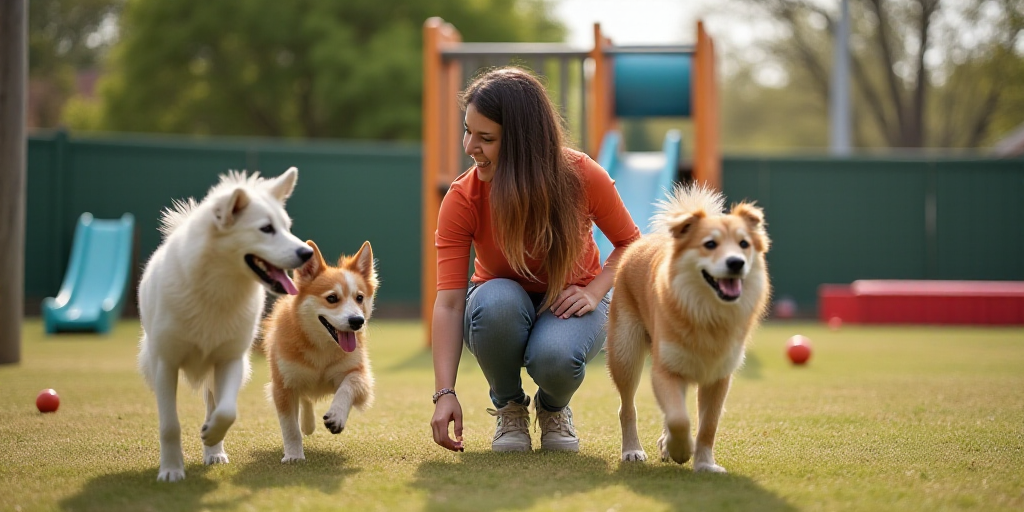Understanding How Pets React to Heat
As a new heatwave sweeps across several states, it’s crucial to take extra care of our pets who are also susceptible to high temperatures, though they may not show it in the same way humans do. Fausto Reyes Delgado, Medical Director and Institutional Affairs at the UNAM-Banfield Veterinary Hospital, explains that dogs and cats have distinct mechanisms for regulating their body temperature.
Unlike humans who sweat through their entire skin, animals only perspire via the glands in their paws, making it an inefficient cooling method. They also pant to cool down and seek out cold surfaces to dissipate heat. Pets with long hair face an additional challenge, as their fur acts as insulation, making it unadvisable to shave them.
Recognizing and Preventing Heatstroke
Heatstroke is a sudden, uncontrolled rise in a pet’s body temperature. In dogs, normal temperature ranges from 37.5 to 39 degrees Celsius; during heatstroke, it can soar up to 43 degrees, posing a serious risk.
This temperature spike can lead to nerve damage, internal bleeding, breathing difficulties, and even death. If your pet exhibits symptoms such as excessive panting, red or pale gums, vomiting, lethargy, or disorientation, immediate action is required. Applying cold water can lower the temperature by up to 1.5 degrees Celsius, but a veterinary check-up and potential hospitalization are essential.
Silent Threats: Parasites and Spoiled Food
Besides heatstroke, high temperatures can exacerbate skin issues caused by external parasites like fleas, ticks, or lice. These can lead to anything from itching to anemia. When taking your pet to beaches or nature areas, consult a vet about using preventive antiparasitic treatments.
Moreover, high temperatures rapidly spoil pet food, potentially causing vomiting, diarrhea, or kidney and liver diseases. Avoid offering raw food or leaving it outside its original packaging, as these are designed for proper storage.
Vital Recommendations for Keeping Pets Cool
- Avoid walks between 10:00 AM and 4:00 PM: These are the hours of peak radiation. Asphalt can reach up to 50 degrees Celsius, causing burns on your pet’s paws.
- Never leave your pet in the car: At 27 degrees Celsius outside, the car’s interior can rise to 60 degrees in just 15 minutes.
- Don’t keep your pet on the roof without shade: Ensure they have a protective roof and constant access to fresh water.
- Avoid dressing them in sweaters or boots: These garments unnecessarily increase body heat.
- Opt for vests instead of collars: Vests facilitate breathing, especially in brachycephalic breeds like Bulldogs and Pugs.
- Carry an essential kit: Include water, a foldable container, a misting bottle, a damp towel, your pet’s vaccination certificate, and basic medical information.
Key Questions and Answers
- What is heatstroke in pets? Heatstroke is a sudden, uncontrolled rise in a pet’s body temperature, which can be life-threatening.
- How can I tell if my pet has heatstroke? Symptoms include excessive panting, red or pale gums, vomiting, lethargy, and disorientation.
- How do I prevent heat-related issues? Avoid outdoor activities during peak radiation hours, never leave pets in parked cars, provide shade and fresh water, avoid overdressing them, and keep an emergency pet kit handy.






